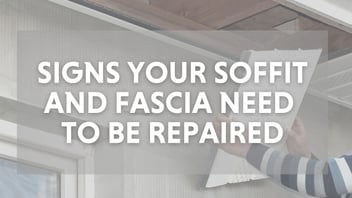- Home »
- Learningcenter »
- Pvc vs wood fascia an honest comparison
PVC vs Wood Fascia: An Honest Comparison
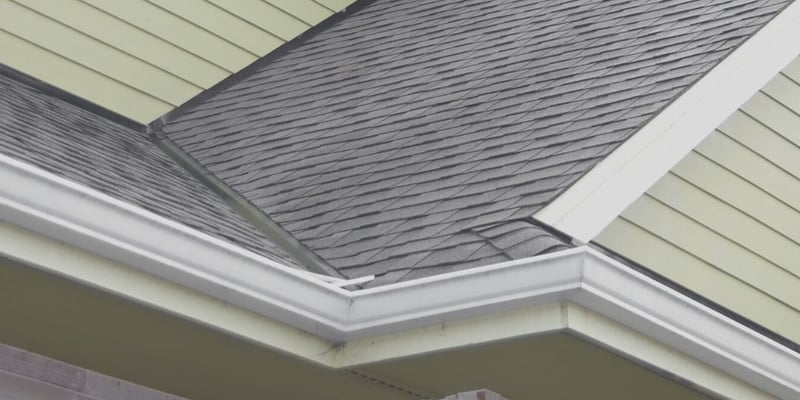
When choosing fascia for your home, there are a lot of options, and several factors to consider for each. How do you know what's the best option for you?
Here we'll cover two of the most common fascia materials we see: PVC fascia and wood fascia - and offer you an honest comparison of how the two stack up against one another in terms of cost, durability, maintenance, and aesthetics.
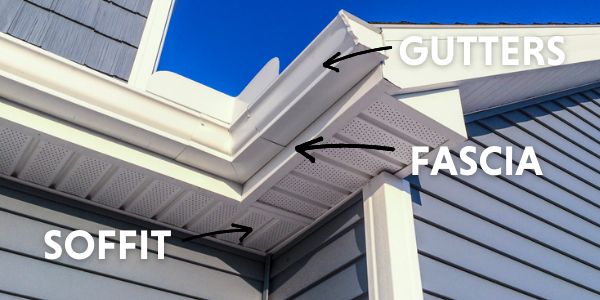
What Is Fascia?
The first thing to understand when choosing a fascia option for your home, is what exactly fascia is. Fascia, also known as a frieze board or close bargeboard, is a long horizontal trim usually found below the eave of a roof and constructed from either wood or an engineered product.
Its purpose is to provide insulation, ventilation, and protection to the underside of the roof area in order to shield the roof against weather elements. Fascia also lends itself to your home's aesthetics by providing a clean line around the edge of your roof and creating visual consistency.
PVC Fascia vs Wood Fascia
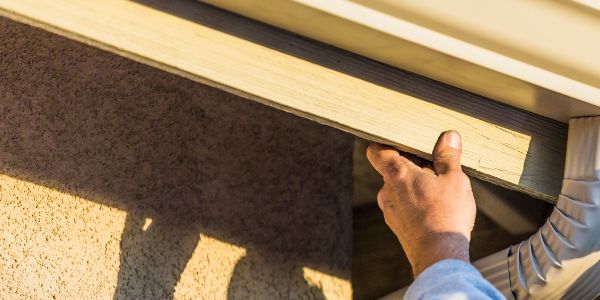
When looking at PVC vs wood, there are several factors to take into consideration. As with many comparisons, these are:
- Cost
- Durability
- Maintenance
- Aesthetics
Cost
In terms of cost, wood is going to be your cheapest option. Wood is the most common, and most readily available material you'll find in fascia boards. On average, wood fascia costs between $1-$3 per linear foot. PVC on the other hand, costs around $3-$7 per linear foot.
Durability
How do PVC and wood stack up against one another in terms of durability? PVC fascia is generally more weather resistant and offers greater protection against water damage and mold growth when compared to wood fascia. PVC fascia is also resistant to rot, twisting, splitting, and warping - all of which are issues that can affect wood fascia.
PVC fascia does expand and contract more than wood in changing weather conditions. This can leave the joints susceptible to opening up due to fluctuations in temperature, which can allow water to gain access to your roof. This is why it's extremely important to make sure your PVC fascia is installed correctly.
Maintenance
In terms of maintenance, PVC fascia is going to be far less intensive. Wood fascia requires regular upkeep and maintenance to combat common problems like warping or splitting. Wooden fascia also will likely need to be painted every few years as the paint begins to chip from exposure to the elements. PVC fascia needs to be cleaned more frequently (particularly if it's white) but in terms of other maintenance it's minimal.
Aesthetics
Both PVC and wood fascia have distinct appearances. PVC tends to look more modern, while wood offers more of a classic look. Both choices come in many colors and finishes, so you aren't particularly limited with either.
Which Is Better?

When looking at PVC fascia vs wood fascia, it's clear that PVC is superior in terms of durability, maintenance, and longevity. However, be prepared to pay a little more for these qualities. If budget is a major concern, wood is going to be the better option for your project.
Ultimately, what you choose will likely come down to personal preference and aesthetics. An older home, or a home with a more rustic look might not wear PVC fascia well, and wood may provide you with a more cohesive appearance. If longevity and low maintenance are your priorities, PVC fascia wins in these areas every time.
Tips For Fascia Care
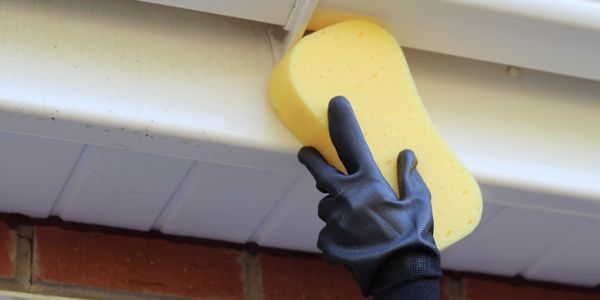
Whichever kind of fascia you choose, knowing how to properly care for it is essential. Fascia plays an integral role in protecting your home and keeping water out of your roof.
- Regular cleaning is important. For PVC gentle cleaning with soap or cleaning solution will easily remove dirt, grime, and pests that may damage the surface.
- Wood fascia needs more gentle cleaning - harsh cleaning solutions can actually damage the wood. Washing with warm water, mild soap, and a soft brush are ideal.
- Wood fascia will need to be treated periodically with sealer or waterproof coating to protect against rot
- Both types of fascia should be visually inspected regularly for any signs of damage
No matter what you decide on for your home, choosing a qualified contractor to install your fascia is important. If you have questions, or are looking for a quote, feel free to give us a call at Colony Roofers - we offer free 30 minute inspections & are always happy to help.
 Call (678) 365-3138
Call (678) 365-3138


